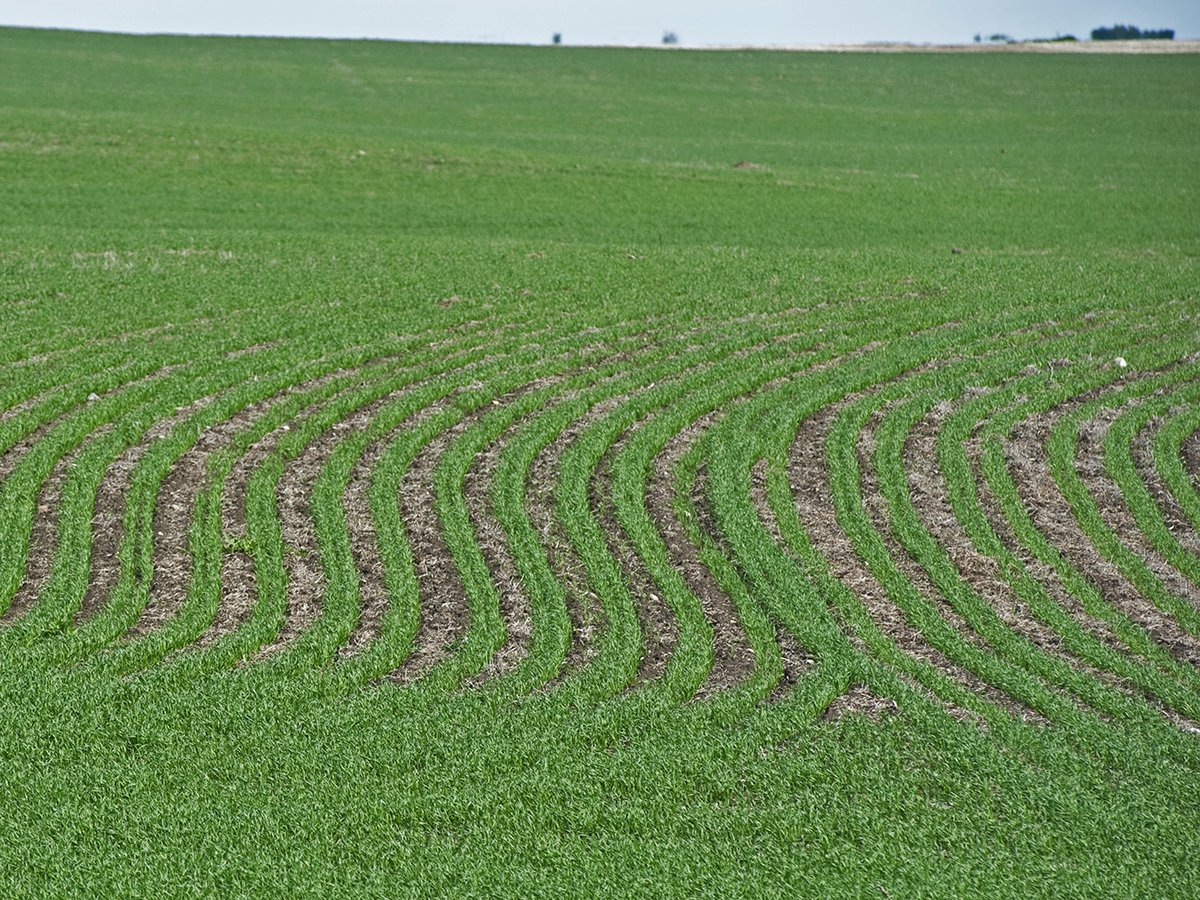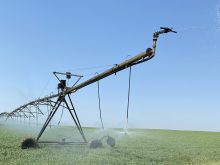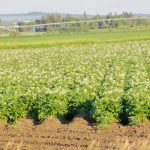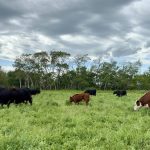BANFF, Alta. – Canadian agriculture risks falling behind its competitors unless a clear strategy emerges for research and more money is committed to it.
That sentiment emerged last week from a workshop during the annual meeting of the Prairie Registration Recommending Committee for Grain.
It was easy to find agreement on the need for a national research strategy for agriculture. Some of the more challenging questions were how to forge that strategy and how to secure greater amounts of stable, long-term funding.
“Canada should establish targets, but it shouldn’t be on the backs of producers,” said Kelvin Rothenburger, a director with the Manitoba Pulse Growers Association. “We cannot go back to the grower and ask for more. That would never ever fly.”
Read Also

Rented farmland jumps 3.4 million acres in Saskatchewan and Alberta
Farmland rented or leased in the two provinces went from 25.7 million acres in 2011 to 29.1 million in 2021, says Census of Agriculture data.
Some suggested that the research strategy needs to be developed through a shared effort between governments and farm commodity groups.
Rothenburger was among those wanting the federal government to take the lead in bringing that effort together. However, there was also an emphasis on the need for considerable farmer involvement.
“It’s too important not to have farmer leadership, commitment, ownership and a certain degree of influence and maybe occasionally control,” said Don Macyk, chair of the Alberta Agricultural Products Marketing Council.
A research consortium was mentioned as one way to move the research effort forward. It was not clear from the workshop how such a consortium would be structured and who would be counted among its members.
On the topic of research funding, several ideas were put forward for discussion, including improved tax incentives for producers. However, a common feeling was that governments and the public need to be convinced that agricultural research is a good investment and that more public dollars should be committed to it.
“There aren’t enough dollars,” said Keith Degenhardt of the Western Grains Research Foundation. “We need new dollars, rather than trying to slice a pie even finer.”
There were some who suggested producers should get more directly involved in research and development so that more of the benefits would flow to them rather than private companies. The private plant breeding system has developed better varieties, particularly in crops like canola, but those improvements have come at “a pretty dear cost” for growers, said Bill Toews, a producer at Kane, Man.
Meanwhile, there was an emphasis on the need for more research on innovations that could add value to crops grown in Western Canada. It was noted that research often is centred on immediate problems in agriculture, rather than the opportunities, which today include growing crops for energy and adding value to crops and livestock by demonstrating their health and nutritional qualities.
“Most plant breeding is about problem solving,” said Brian Rossnagel, a public plant breeder in Saskatoon. “It’s harder to get money for innovations around opportunity.”














